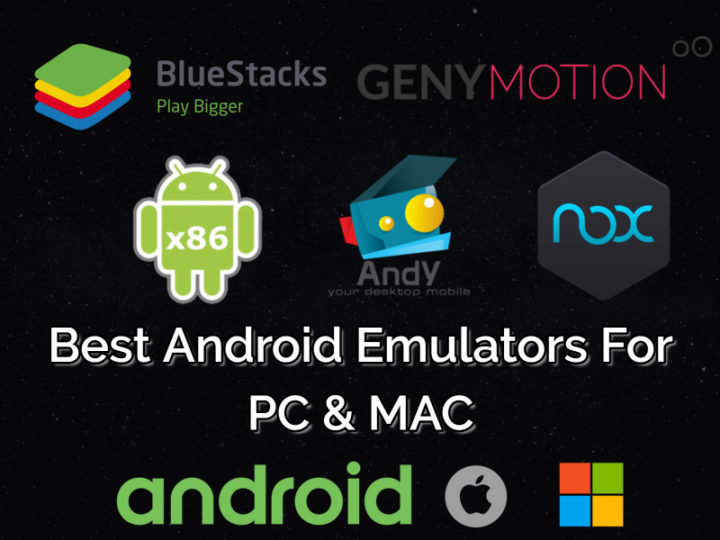


On that front, it seems as though Apple is giving developers the right tools to convert their apps to ARM and also to make them work as “Universal” apps that are also compatible with Intel. The latter seems as though it might be fairly fast - but of course it’s too early to really say.Īnother thing I was worried about was clear and transparent communication with developers.
#MAC UX EMULATOR CODE#
Apple’s solution for developers is a mix of recompiling their apps in a relatively easy way or letting those apps run through a code translation layer called Rosetta 2. I recently noted that there were a lot of pitfalls that Windows fell into with its ARM version - and I am happy to say I think Apple might avoid most of them. In the run-up to this year’s WWDC, I have written about the ARM transition a couple of times. The ARM transition presents a series of complicated decisions for both users and developers. Intel Macs will continue to be supported for the foreseeable future - and some new ones will even be released this year. Within two years, all of Apple’s new Macs will use Apple’s own silicon. Stay through to the end - because the not-so-shocking twist is that I am basically sanguine about the future of apps on the Mac.ġ. Let’s just try to list them out one by one - I think you’ll see how the story gets increasingly complex.īy subscribing, you are agreeing to receive a daily newsletter from The Verge that highlights top stories of the day, as well as occasional messages from sponsors and / or partners of The Verge.Īnd a brief note: describing complexity often by necessity sounds like it’s a complaint. Each one is connected to the next and all of them complicate each other in interesting and almost mind-bending ways. There are multiple, overlapping things to discuss with Apple’s WWDC 2020 announcement for the Mac. So while it’s still true that macOS and iPadOS are not merging, there’s another metaphor that Nilay Patel has been using that feels really salient right now: they’re on a “ collision course.” Now, in 2020, Apple is taking an even bigger step: it has announced that iPhone and iPad apps will run “natively” on upcoming Macs that use Apple’s own silicon. He used that slide as the introduction to a “multi-year project” that would eventually become known as Catalyst, a way to port iPad apps to the Mac.
#MAC UX EMULATOR SOFTWARE#
The most famous Apple keynote slide in recent memory is one giant, single word with a period that slammed down with a little puff of dust in 2018: “No.” It was software and engineering SVP Craig Federighi’s answer to the question of whether or not the Mac and the iPad would merge.


 0 kommentar(er)
0 kommentar(er)
